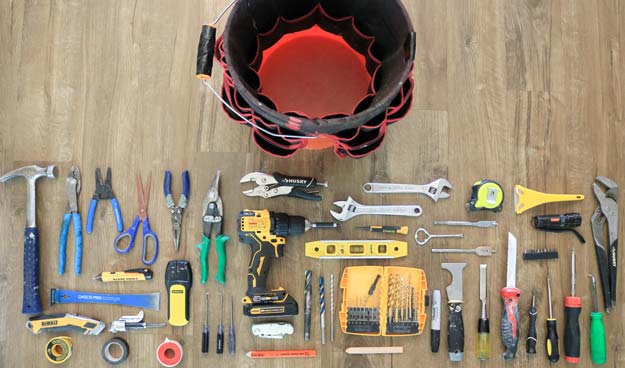Research papers are vital to academic success and personal growth. Whether you’re a student, professional, or simply curious about a specific topic, knowing how to properly read and analyze research papers can give you deeper insights into any subject. However, research papers can be dense, technical, and often overwhelming if you aren’t familiar with their structure or content. This guide will break down the essential steps to approach research papers effectively so that you can make the most of your reading experience.
1. Understanding the Structure of Research Papers
Before diving into a research paper, it’s crucial to understand the common structure they follow. Most papers are divided into several sections, including the abstract, introduction, methodology, results, discussion, and conclusion. Each section serves a specific purpose and offers valuable information. The abstract gives a brief overview of the entire study, summarizing key points. The introduction sets the stage by providing background information and stating the research question. The methodology explains how the study was conducted, while the results section presents the findings. The discussion interprets those results, and the conclusion wraps up the paper with final thoughts.
2. Skimming Before Reading in Depth
Skimming is an important skill when going through research papers. Before committing to a deep read, quickly skim the paper to evaluate whether it’s relevant to your topic. Look for keywords, phrases, and ideas that align with your research objectives. Pay attention to the paper’s title, abstract, headings, and subheadings, as these often contain the essence of the research. You can also check the introduction and conclusion sections, as these will summarize the key findings. By skimming first, you get a sense of the paper’s purpose and whether it’s worth spending more time on. If the paper looks relevant, then you can start reading it more carefully. However, if the initial scan doesn’t reveal much of interest, move on to the next paper.
3. Taking Notes While Reading
Once you’ve found a paper worth exploring in-depth, it’s time to take notes. Note-taking while reading research papers helps you retain information and stay organized. As you read, jot down key points, important findings, and your own thoughts. Highlight sections that may be useful for your own research or analysis. Annotating the paper with questions, comments, or ideas also helps you stay engaged with the content. It’s important to keep your notes organized. You may want to group your notes by themes or categories that align with the paper’s structure. This will make it easier to reference your notes when reviewing the paper later or when you’re incorporating its findings into your own work.
4. How to Use Research Tools Effectively
In today’s digital age, there are several tools that can make the process of going through research papers easier. Research tools, including citation generators, document managers, and reading apps, are designed to simplify various aspects of academic reading and writing. These tools allow you to organize your papers, highlight key points, and even manage references in one place. Incorporating modern tools into your workflow, like those for generating citations or organizing articles, can help streamline your research process. Additionally, the emergence of research papers with AI assistance has transformed the way individuals approach academic work. By using AI-based tools to generate outlines, summaries, or even draft sections of papers, researchers can significantly enhance their efficiency. However, it’s important to use these tools as supplementary aids rather than relying on them entirely.
5. Critically Analyzing the Content
Reading research papers is not just about understanding what the author wrote; it’s about critically analyzing the content. When you read a research paper, question the methods used, the results obtained, and the conclusions drawn. Look for any potential biases in the study. For example, are the sample sizes large enough to support the findings? Were the correct statistical methods applied? Could there be alternative explanations for the results? Being critical of the research ensures that you don’t simply accept everything at face value. It’s also important to check the sources and references the paper cites. Are they from credible journals or questionable websites? Engaging critically with a paper can deepen your understanding and prevent you from being misled by faulty studies.
6. How to Incorporate Findings Into Your Work
After reading and understanding the research paper, the next step is incorporating the findings into your own work. Whether you’re writing a literature review, conducting your own research, or building an argument, it’s essential to integrate the key insights from the paper effectively. Start by identifying the most important findings that are relevant to your work. Summarize these points in your own words, but be sure to give proper credit to the original authors. When incorporating findings, it’s important not to rely too heavily on a single paper. Research is about drawing on a wide range of studies to support your argument or hypothesis.
Reading research papers properly is a skill that can be developed with practice. By understanding the structure of research papers, skimming before reading in depth, taking organized notes, using research tools effectively, critically analyzing the content, and incorporating findings into your own work, you can navigate academic papers efficiently. These steps not only enhance your understanding of the subject but also improve the quality of your own research.






